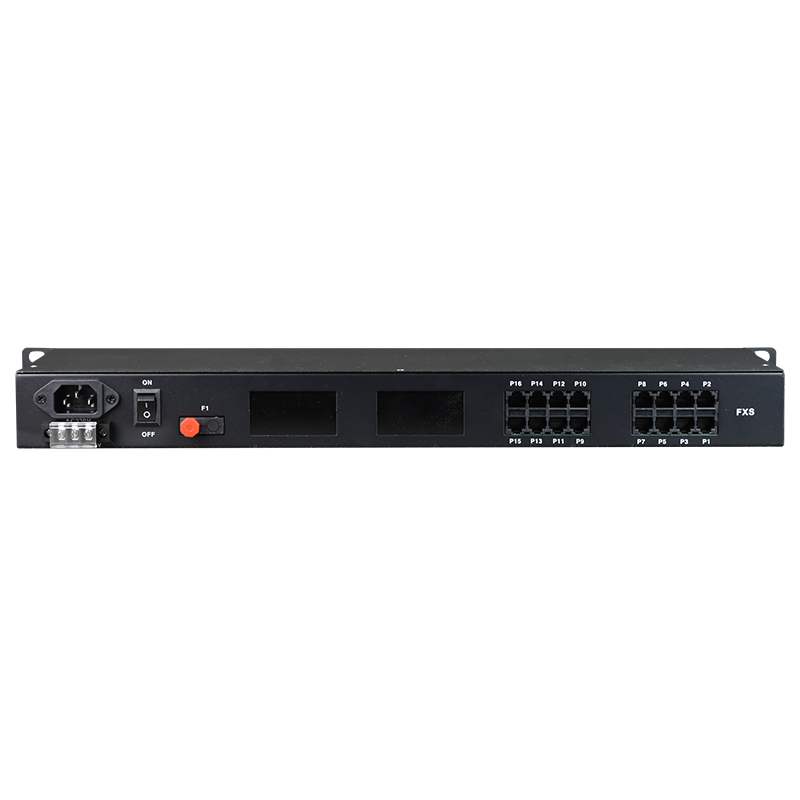Through the previous introduction, we learned that the telephone optical transceiver is a device that converts the traditional telephone signal into an optical signal and transmits it on the optical fiber. However, how is the telephone optical transceiver classified and what types are there?
Telephone optical transceivers can be divided into 4 categories according to application areas:
1. Surveillance telephone optical transceiver: used to transmit video signals (for example, the output of ordinary cameras is video signals), and can also assist in the transmission of audio, control data, switch signals and Ethernet signals. It is mainly used in highways, urban traffic, Community security and various areas that need to be monitored;
2. Radio and television telephone optical transceiver: used to transmit radio frequency signals, its terminal is not point-to-point transmission, it directly branched in the optical path, can be a transmitter to multiple receivers, mainly used in the optical transmission field of cable television;
3. Telephone optical transceiver for telecommunications: each basic channel of its terminal is 2M, also commonly known as 2M terminal. Each 2M channel can transmit 30 telephones or transmit 2M bandwidth network signals. It is only a fixed bandwidth channel and is mainly used Depending on the supporting equipment connected to the optical transceiver, the supported protocol is the G.703 protocol, which is mainly used in the field of fixed-bandwidth telecom optical communications.
4. Telephone optical transceivers for electric power: Based on different applications in these fields, the telephone optical transceivers used by radio, television and telecommunications are relatively fixed and have fewer varieties.
Post time: Dec-27-2021







